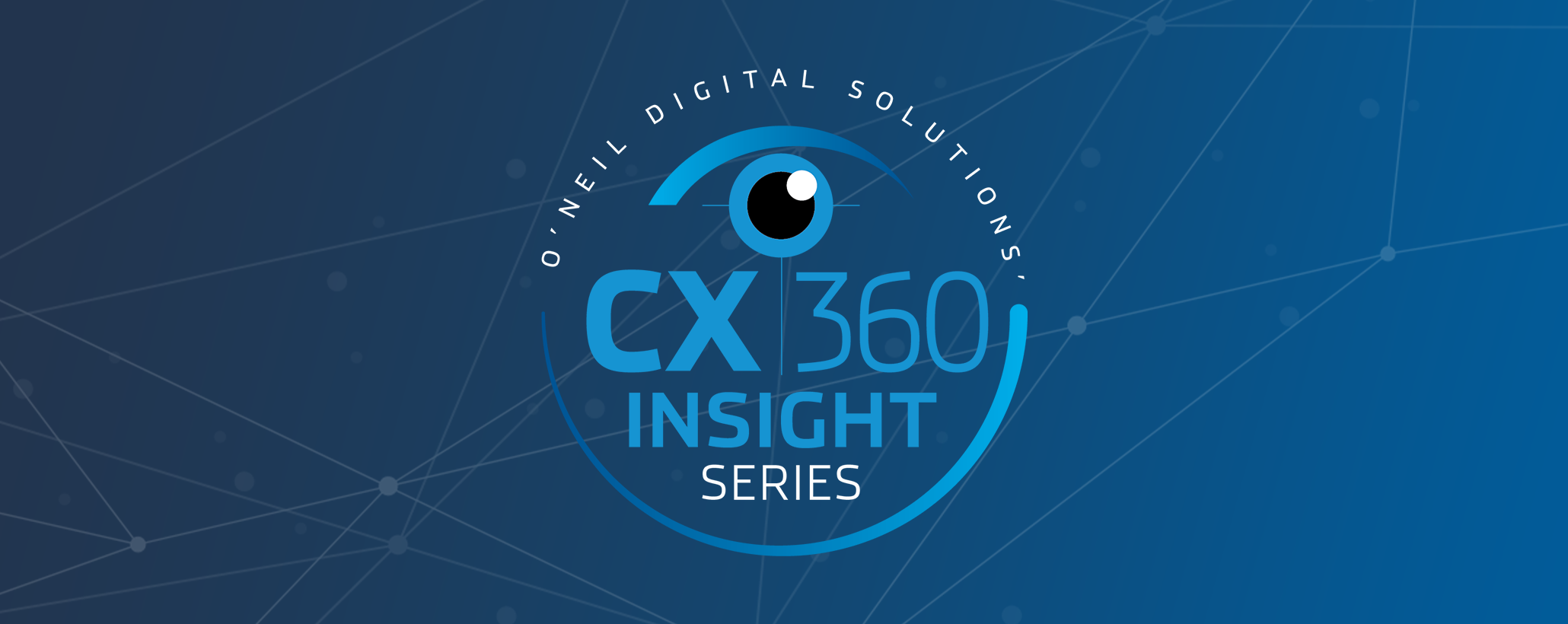Customer journey mapping is no longer just a marketing exercise—it’s a strategic imperative for organizations that want to better engage, retain, and serve their members and participants. Whether you’re a health plan administrator aiming to improve member satisfaction or a financial services provider working to support plan participants throughout their financial lives, understanding the journey from the customer’s perspective is essential.
At its core, journey mapping is about empathy and insight. It’s about stepping into the shoes of the people you serve and designing communications and experiences that meet their needs, reduce confusion, and build trust at every stage.
Mapping the Customer Journey: Techniques That Drive Insight
There are many ways to map a customer journey, ranging from simple diagrams to complex data-driven analysis. Organizations often begin by plotting key steps in the process—from enrollment to renewal, from onboarding to account closure—using basic flowcharts. These visualizations help internal teams align on how the customer interacts with the organization, and where opportunities for improvement may lie.
More sophisticated organizations go further. By layering in real-time analytics, behavioral data, and customer feedback, journey maps evolve from static illustrations to dynamic tools. These advanced journey analytics enable a deeper understanding of when, where, and why members and participants engage—or disengage.
At O’Neil, we work with both health plans and financial institutions to apply these techniques at scale. Through our ONEsuite platform, we provide journey insights that go beyond the surface, helping clients analyze behavior across touchpoints and communication channels.
Spotting the Pain Points Before They Become Problems
Every journey has friction. For a health plan member, that might be a confusing welcome kit, an outdated provider directory, or a poorly timed compliance letter. For a financial participant, it could be a statement filled with jargon, a frustrating online enrollment process, or a lack of visibility into performance.
Mapping the journey makes it easier to identify these moments—those places where expectations aren’t met, clarity is lost, or questions go unanswered. These pain points are often the source of increased call center volume, delayed decision-making, and declining satisfaction.
By tracing each step and layering in data—like call logs, survey results, or digital interaction records—organizations can prioritize the most critical points to improve. Even small adjustments, such as clarifying a benefits summary or reordering steps in an onboarding process, can have a measurable impact.
Touchpoint Optimization: Turning Routine Into Remarkable
Every communication you send—an ID card, a quarterly statement, a regulatory notice—is a touchpoint that either builds trust or erodes it. Optimizing these moments isn’t about overhauling your entire system; it’s about making each interaction more helpful, more timely, and more aligned to the customer’s context.
That might mean ensuring an explanation of benefits is paired with a glossary of terms, or sending a digital reminder when a printed form is on its way. It could involve redesigning templates to be more readable or leveraging data to personalize messaging based on life stage or behavior.
The goal is consistency, clarity, and convenience. With the right infrastructure, touchpoints can be orchestrated across channels—print, email, web, mobile—ensuring the experience feels unified no matter how or where a member engages.
Designing for the Full Lifecycle
Too often, organizations focus their communication efforts around moments of acquisition—signing up for a plan, enrolling in benefits, opening an account. But the true test of loyalty happens in the long run: through annual renewals, evolving needs, and critical life events.
Journey design should account for every stage of the customer lifecycle. A new health plan member may need a clear onboarding guide and a digital ID card. A longtime participant in a retirement plan might value timely performance summaries, updates on tax obligations, or guidance as they approach withdrawal age.
Each of these stages demands a different tone, cadence, and level of detail. And each presents a new opportunity to reinforce the value of the relationship.
That’s why lifecycle management is essential—not just as a marketing framework, but as a foundation for operational excellence. When communications evolve alongside the customer, satisfaction grows, service inquiries decline, and brand trust is strengthened.
Conclusion: From Understanding to Action
Customer journey mapping is ultimately about more than visualization—it’s about action. It’s a discipline that, when done well, leads to better decision-making, stronger engagement, and improved outcomes for both customers and organizations.
At O’Neil Digital Solutions, we help financial and healthcare organizations bring their customer journeys into focus. With a combination of strategy, data, and omni-channel execution, we enable clients to design experiences that work—for everyone.
If you’re ready to take a closer look at your journey, we’re here to help you map the way forward.









